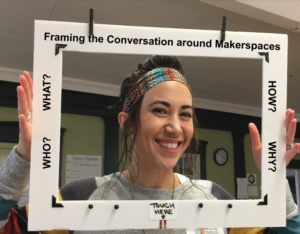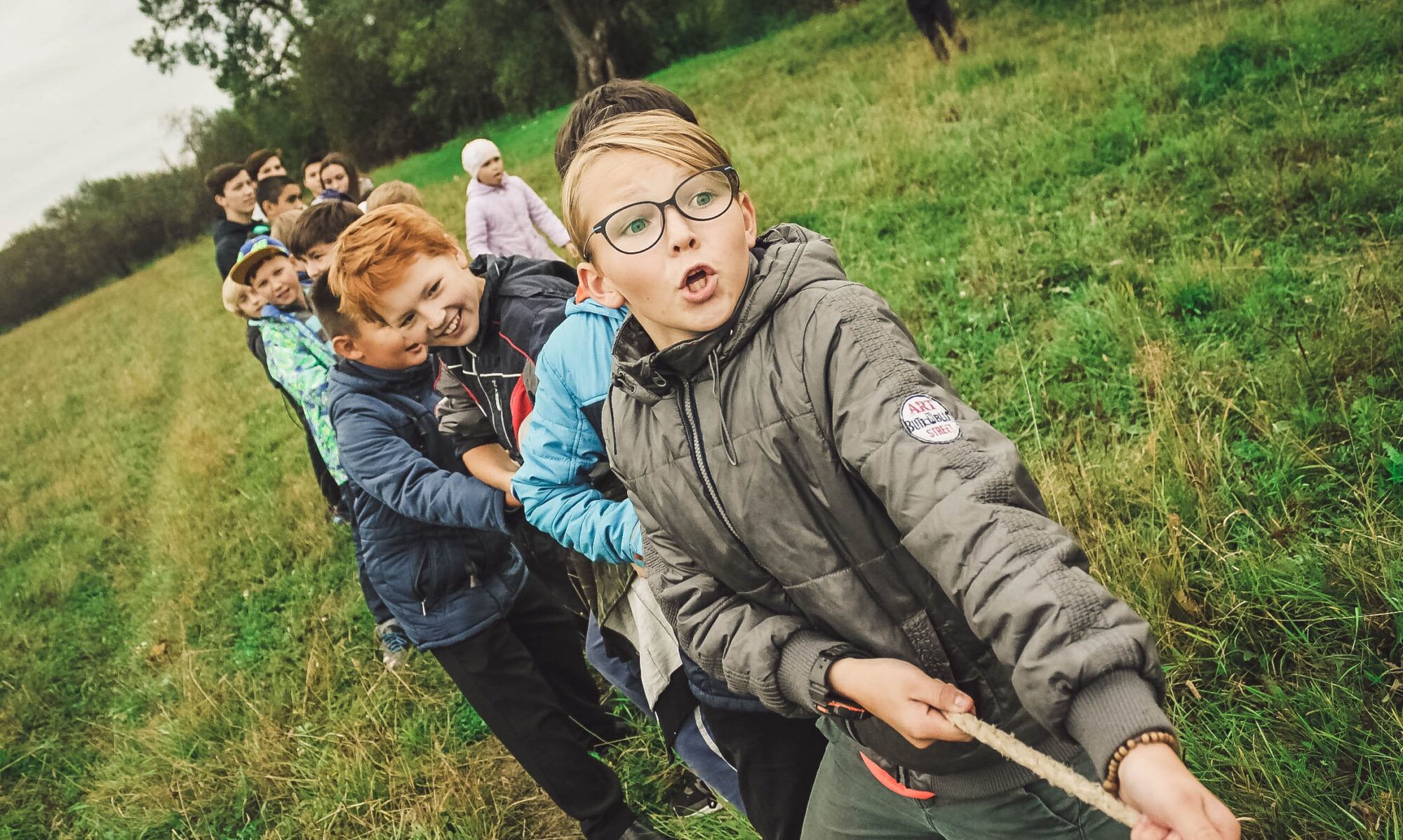All about makerspaces
Makerspaces! What are they, why are they useful, who are they for, and how do they work?

What’s a makerspace?
A makerspace is a space for creating and making.
The term “makerspaces” conjures up different images in almost everybody who uses it. A makerspace can be many different things. Makerspaces can have all types of tools, supplies, and equipment.
What does making look like in Vermont schools?
- Setting behavioral expectations in a makerspace
- How to build up STEAM
- Making as evidence of self-direction
- The Maker Movement and transferable skills
- 4 ideas for using a makerspace to support PBL
- MakerSpace Wonderland at Crossett Brook MS
- Making even more of “Beyond Bling”
- Beyond Bling: how do we deepen Makerspace learning?
- Middle grades students building a 3-D printer
Where are makerspaces?
Makerspaces are all over! They’re a popular way to harness students’ enthusiasm for getting hands-on, and schools all over Vermont — as well as nationwide — are finding ways to build them into the learning experience. St. Albans City School and Proctor Elementary School have dedicated makerspace rooms. Rutland Town School has a mobile cart. Makerspace guru Lucie delaBruere has a whole makerspace van. Essex Middle School and Fairfield Community School have sugaring houses! That’s making.
Where you make depends on what you’ve got. Make it work!
Why makerspaces?
So many reasons.
- Creates evidence of learning and a means of self-expression and reflection that can become part of a student’s PLP
- Be filled with stations to explore complex objects and frameworks
- Builds interest and curiostity leading to questions
- Scaffold students through thinking routines and problem-solving processes
- Increase possibilities for project-based learning that connects curriculum to community and invokes transferable skills
Who are makerspaces for?
There are several ways to talk about *who* is making in your makerspace, and making sure that you have someone on your team who wears an equity lens in your conversations about making is helpful.
Consider: who is invited? Who feels welcomed? Who shows up? And who is empowered?
Without explicit attention to this question of who, you might accidentally end up creating a space that is not inclusive.
These conversations are not linear or hierarchal. So don’t expect a linear recipe or a step by step guide. It’s important to come at this conversation from many different perspectives, each meant to get the gears turning. Frame your own conversations around making in education.
How do makerspaces work?
Makerspaces work in a variety of different ways, depending on the equipment, the activities, the funding model, and the goals of the school itself.
But just as important is considering how making works, itself.
Different types of making
Making takes many different forms:
- self-exploration
- challenge activities
- guided / facilitated activities
- “make and take”
- skill-building workshops
- community builds
- open making
There are so many different ways to approach making.

